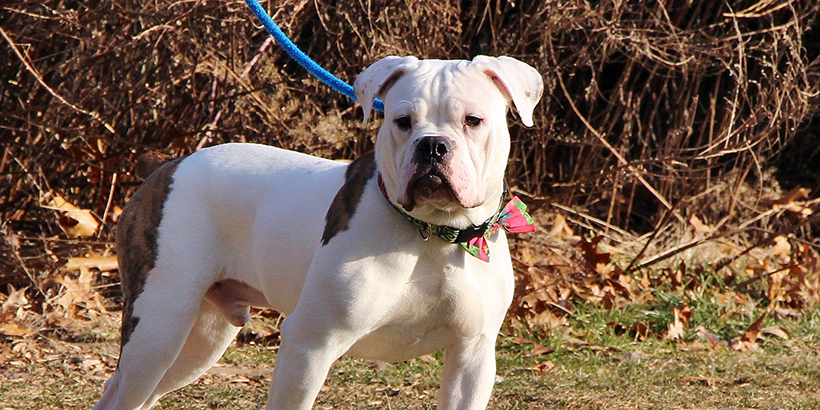
When your dog is reactive on a leash, it can be scary. Barking and lunging while leashed is an undesirable behavior that increase stress in you, your dog, and dogs or people nearby. While the motivating emotion causing the reactivity may range from fear to frustration, the treatment plan is the same. With time, patience and consistency, this behavior can be improved.
Fear versus frustration:
Not all dogs who react poorly toward a stimulus while on leash are aggressive. Some dogs are fearful and some simply bark because they have a lot to say and in fact they are overly excited to see that particular stimulus. Even if your dog is just excited, remember to exercise caution while working with this behavior.
Identifying the trigger:
What causes your dog to bark and lunge? Dogs? Is it all dogs, or just some dogs? Large or small? Short- or long-haired? Familiar or unfamiliar? The more you can narrow down the particulars about what stresses your dog, the more successful your treatment.
Step 1: Identify your dog’s threshold:
- Each dog has a threshold, which is their distance from the trigger before beginning to show signs of stress and arousal, like a closed mouth, facial tension, barking, etc.
- Each dog will have a different threshold—it may be 5 feet or 50 feet.
Step 2: Begin working on the behavior:
- Now you need to find your dog’s favorite reward, whether it’s a special toy or an extra special treat like liverwurst or string cheese bits.
- Make sure whichever reward your dog chooses is only used during training for reactivity.
- As soon as your dog sees the object of concern and does not react, give a reward.
- Ask your dog to “sit” and “look” each time, then reward. This teaches the dog to see the trigger and look to you for guidance before reacting.
- Once you’ve identified a calm distance between your dog and their trigger, you should not decrease this threshold until both you and your dog are comfortable.
- Remember, your job is to set your dog up for success. If you go too far too fast, you may set back all of the hard work you’ve already done.
- Reducing trigger distance may take weeks or even months, but each day you are improving the dog’s behavior and building trust in each other.
Tips:
- Remember to reward your dog immediately and rapidly (for example, don’t just give one treat—give many) when they look at you instead of at the object of concern.
- Some people find training their dogs to use a head halter is beneficial when working on reactivity. If you choose to do so, do not begin your reactivity work until your dog has been properly trained on, and is comfortable in, a head halter.
- To set your dog up for success, don’t overwhelm them with too many triggers at once. (Ex: Don’t do your first session at a dog park if your dog is reactive toward other dogs).
- If you come across a stimulus you aren’t prepared for, simply turn in the opposite direction and lead your dog away calmly.
